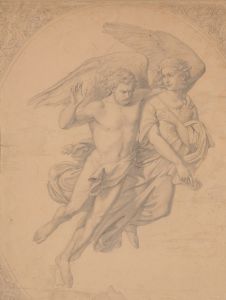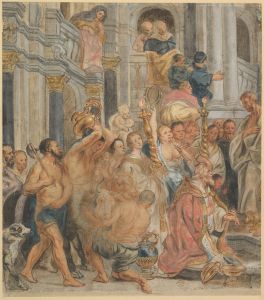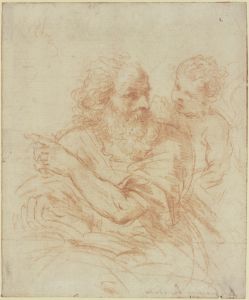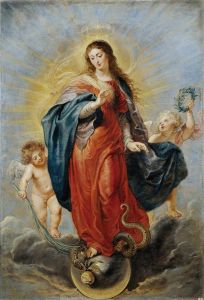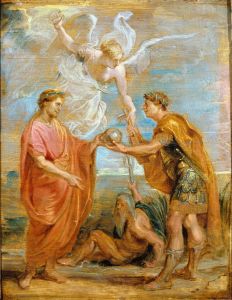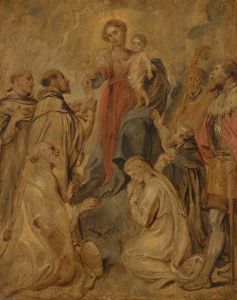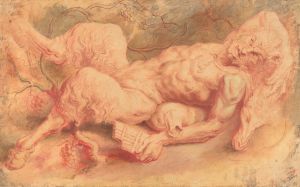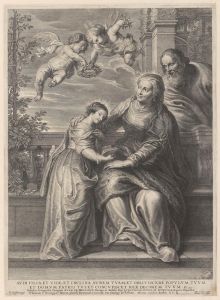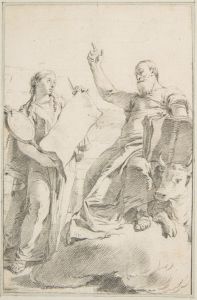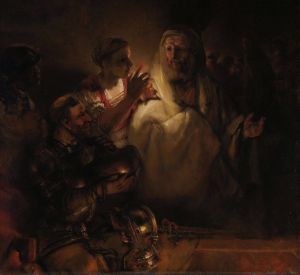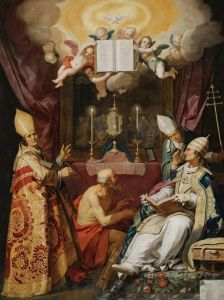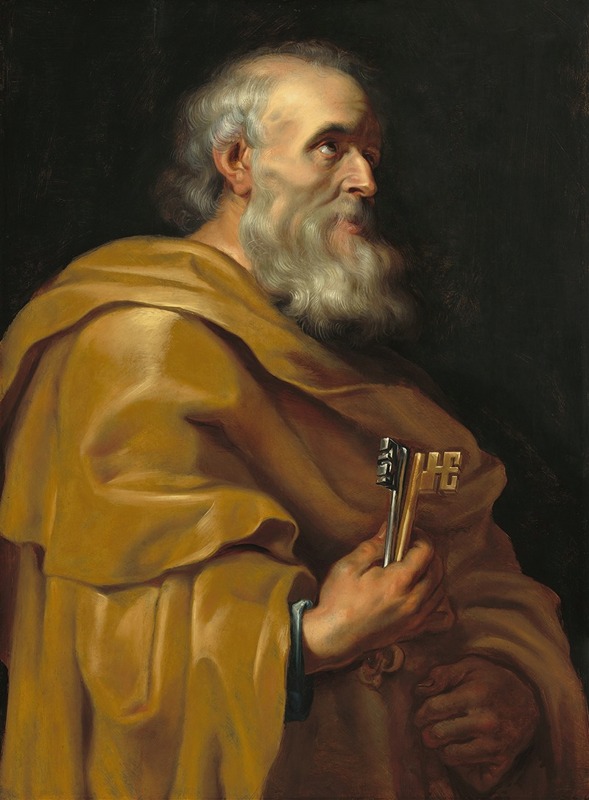
Saint Peter
A hand-painted replica of Peter Paul Rubens’s masterpiece Saint Peter, meticulously crafted by professional artists to capture the true essence of the original. Each piece is created with museum-quality canvas and rare mineral pigments, carefully painted by experienced artists with delicate brushstrokes and rich, layered colors to perfectly recreate the texture of the original artwork. Unlike machine-printed reproductions, this hand-painted version brings the painting to life, infused with the artist’s emotions and skill in every stroke. Whether for personal collection or home decoration, it instantly elevates the artistic atmosphere of any space.
Peter Paul Rubens, a prominent Flemish Baroque painter, is renowned for his dynamic compositions, vibrant color palette, and grandiose style. Among his extensive oeuvre, Rubens created several works depicting religious themes, one of which is "Saint Peter." This painting exemplifies Rubens' ability to convey deep emotion and spiritual intensity, characteristics that are hallmarks of his religious works.
"Saint Peter" by Rubens portrays the apostle Peter, one of Jesus Christ's closest disciples and a foundational figure in Christianity. In Christian tradition, Peter is often depicted as the first pope and is recognized for his leadership in the early Church. Rubens' depiction of Saint Peter captures the apostle in a moment of contemplation or prayer, reflecting his spiritual significance and human vulnerability.
The painting showcases Rubens' mastery in rendering human emotion and his skillful use of chiaroscuro, a technique that employs strong contrasts between light and dark to achieve a sense of volume and three-dimensionality. In "Saint Peter," Rubens uses this technique to highlight the saint's facial features and hands, drawing the viewer's attention to his expression and gesture. The light falling on Peter's face emphasizes his introspective gaze, suggesting a moment of divine inspiration or penitence.
Rubens' choice of color further enhances the painting's emotional impact. The warm tones of Peter's skin and the rich hues of his garments create a sense of immediacy and presence, inviting viewers to engage with the painting on a personal level. This use of color, combined with the dynamic composition, is characteristic of Rubens' style and contributes to the painting's overall dramatic effect.
The background of the painting is typically subdued, allowing the figure of Saint Peter to dominate the composition. This focus on the central figure is a common feature in Rubens' religious works, where the emphasis is placed on the spiritual and emotional narrative conveyed by the subject.
Rubens' depiction of Saint Peter is not only a testament to his artistic prowess but also reflects the broader context of the Counter-Reformation, a period during which the Catholic Church sought to reaffirm its doctrines and inspire faith through art. Paintings like "Saint Peter" were intended to evoke piety and devotion, serving both as religious instruction and as a means of engaging the faithful emotionally.
While specific details about the commission or the exact date of creation for "Saint Peter" may not be well-documented, the painting remains an important example of Rubens' religious art. It exemplifies his ability to blend technical skill with emotional depth, creating works that resonate with viewers across centuries.
Rubens' influence on the Baroque movement and his contributions to religious art are widely recognized, and "Saint Peter" stands as a significant piece within his body of work. Through this painting, Rubens continues to communicate the enduring themes of faith, repentance, and spiritual reflection, capturing the essence of Saint Peter's role in Christian history.





